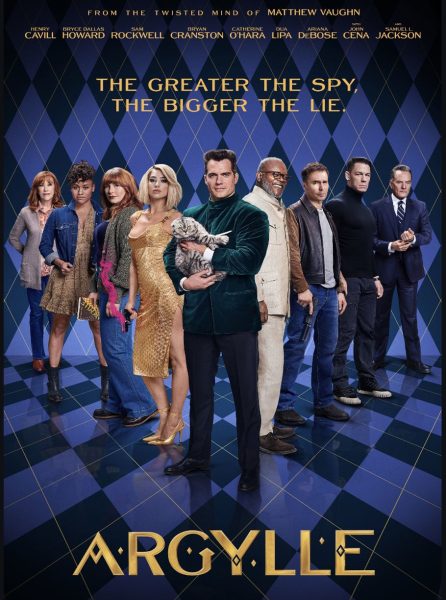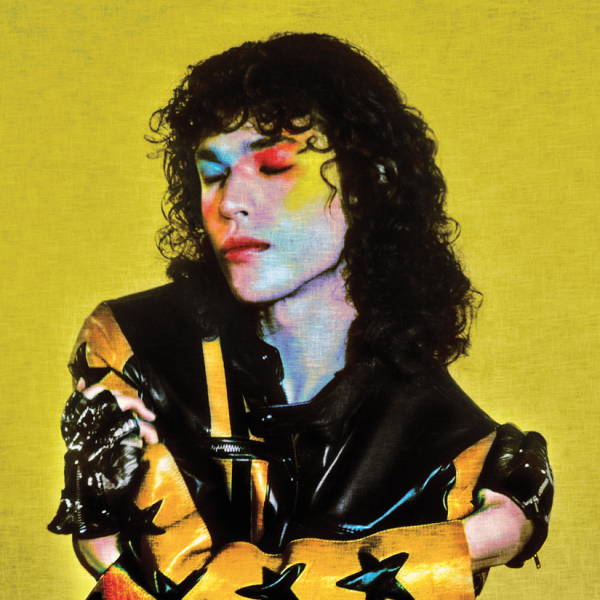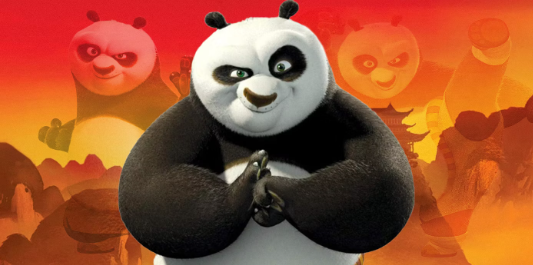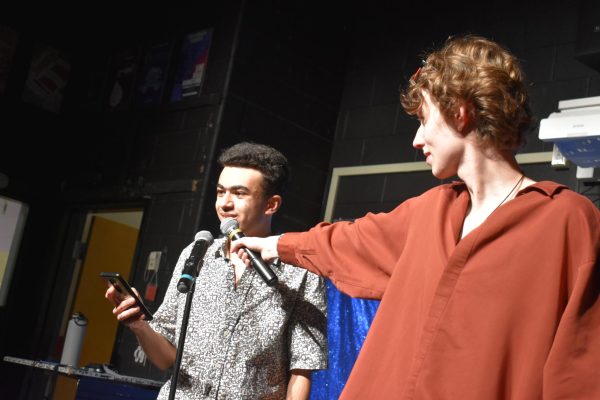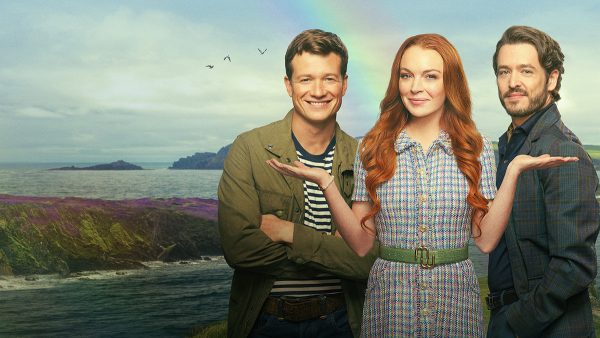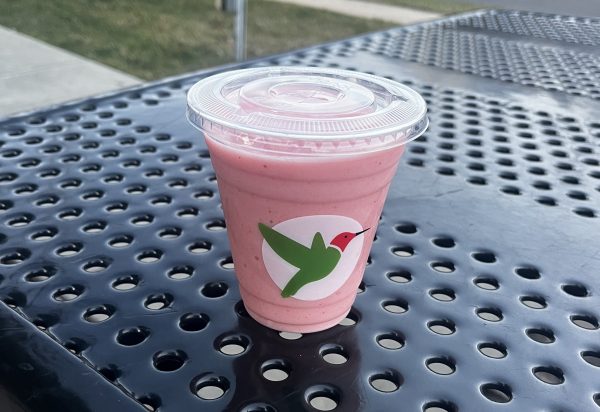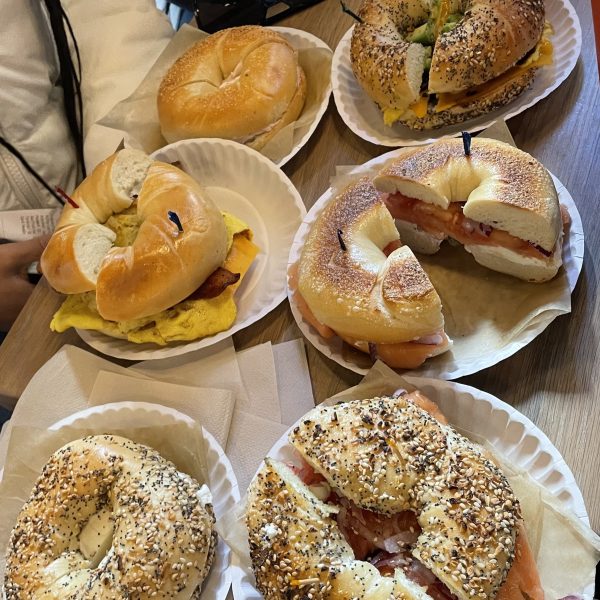The rocket science of Super Bowl ads
$5 million for a 30 second shot at pleasing everyone
February 7, 2018
Super Bowl LII’s commercials cost an average of $5 million per 30 seconds, according to CBS Sports. While it’s no surprise that the Super Bowl attracts millions of viewers, does the cost barrier to advertise even seem worthwhile?
“It’s the largest audience in America for a TV program. And it’s the only event where the TV commercials get so much visibility,” said David MacNeil, CEO and founder of WeatherTech. “So yes, it is $5 million for one commercial… but when you add up all ancillary benefits, and all the other ways a Super Bowl commercial gets seen and shared, that’s an extremely good value.”
While that might be enough incentive for companies to run expensive marketing campaigns, sign on celebrities, and hire swaths of industry professionals to produce polished commercials, the assignment of value isn’t universally shared.
“That’s an insanely high amount for thirty seconds of ad time that most people will miss getting more food,” senior Michael Deitch said.
Predicting behavior and preference of viewers isn’t simple, but that doesn’t stop corporations from running extensive analysis and research into what interests audiences. Obviously, there’s no “one-size-fits-all” commercial for the masses of America.
This year, marketing agencies played heavily on satire with “stereotypical Super Bowl ads.” Imagine a car driving up a winding mountain, the sun setting perfectly over the horizon. A shot of a driver changing gears, the rev of an engine, and a perfectly paced aerial shot of the vehicle disappearing into the distance. For years, that’s been the winning formula for car advertisements.
But the Super Bowl is no longer a place for standard run-of-the-mill ads. Viewers crave things that depart from a sense of familiarity. In many ways, the ads shown become experimental. Marketers gamble with ads that are obnoxious, bombastic, humorously stale, or ridiculously overblown. And to a large extent, many fail.
Ask a handful of McLean students what their favorite Super Bowl LII ad was, and a multitude of answers are received.
“All the tide ads because they had David Harbour and they were just so funny, ” junior Matthew Lindeman said.
Tide took advantage of their sudden pop culture relevance, making a point to leave an impression on this year’s Super Bowl. Opting for an abundance of short segments, Tide ran the equivalent of an entire year’s worth of advertising in a It’s a #TideAd campaign.
“I really enjoyed the various Tide ads that were sprinkled around the game. They were funny because they weren’t just unexpected, but they were also just plain ridiculous in regards to their scenario,” senior Jack Wilkerson also said.
The NFL ran a spoof of Dirty Dancing in a spot that relied heavily on star power: namely New York Giants quarterback and wide receiver Eli Manning and Odell Beckham Jr., respectively.
“My favorite commercial from the Super Bowl was the NFL commercial with Odell and Eli Manning dancing, because it’s about as far fetched an idea as you can expect from professional football players,” Deitch said.
Other widely acclaimed ads from this year included Amazon’s “Alexa Loses Her Voice”, Bud Light’s “The Bud Knight”, and Doritos & Mountain Dew’s “Blaze vs. Ice” commercials.
My personal favorite goes out to Tourism Australia’s “Dundee” ad, disguising a tourism commercial in what initially seemed like a movie trailer for a Crocodile Dundee sequel.
From the standpoint of companies and marketers alike, the Super Bowl remains an opportunity to showcase creativity in engaging new ways. Audiences crave what is least expected, what is humorous, and what is enjoyable at the same time. Some ads are expected to veil political messages, while others are praised for being straight to the point. In a billion dollar advertisement industry with its viewership metrics, focus groups, and audience feedback – it’s basically rocket science.





